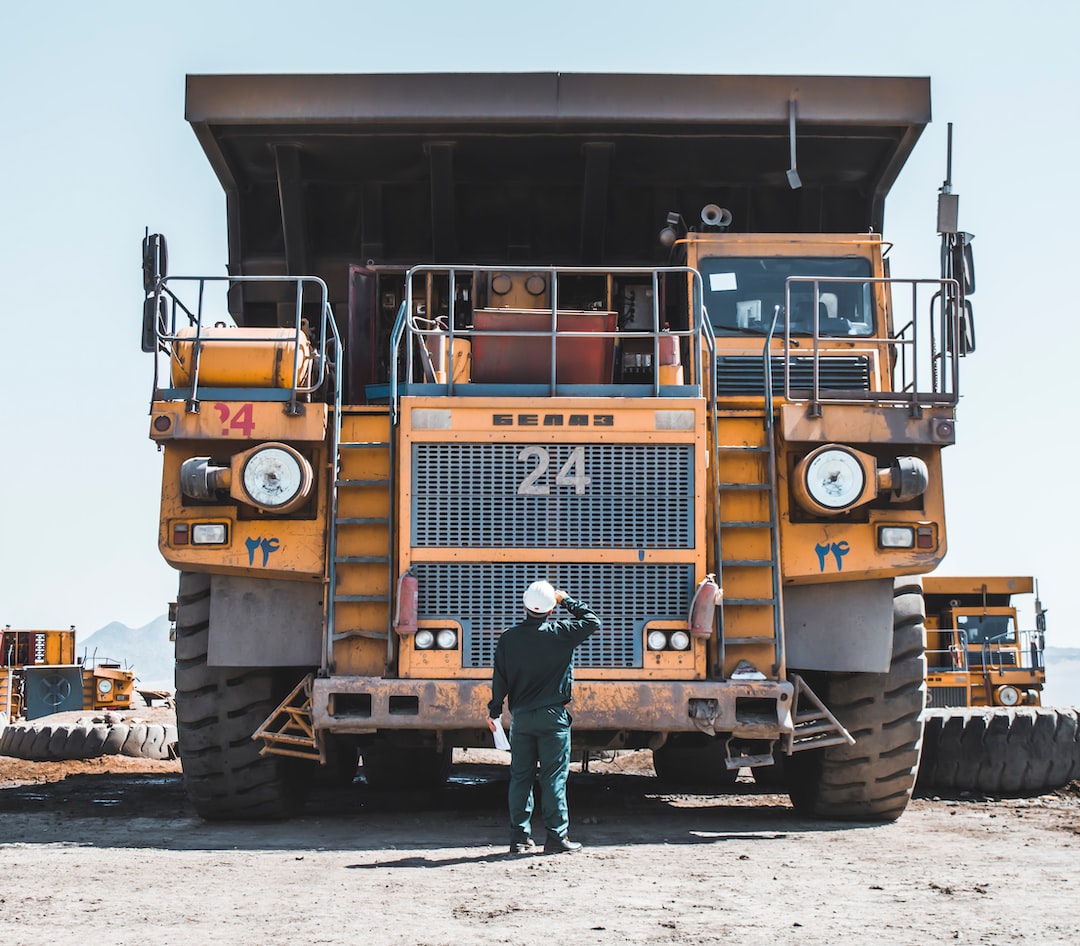Investigating the Field of Geotechnical Engineering: Building on Solid Foundations
Geotechnical engineering is often described as the backbone of any construction project. It encompasses the study of soil and rocks to understand their mechanical and physical properties and how they interact with structures. From skyscrapers to bridges, geotechnical engineers play a crucial role in ensuring that the foundations of these structures are stable and secure. In this blog post, we will delve into the fascinating field of geotechnical engineering and explore its significance in building on solid foundations.
Firstly, it is important to understand the role that soil plays in construction. Soil is not merely a passive material, but rather a complex substance that can behave differently under varying conditions. Geotechnical engineers analyze soil samples to determine properties such as particle size, density, and consistency. This information helps them assess the load-bearing capacity of the soil and its susceptibility to settlement or erosion. By understanding the unique characteristics of the soil, engineers can design foundations that will distribute loads effectively and withstand external forces.
One of the key challenges in geotechnical engineering is the unpredictability of soil behavior. Soil conditions can vary significantly even within a small area. Engineers must account for variables like moisture content, composition, and geological formations that can impact the stability of a structure. By conducting detailed site investigations and geotechnical testing, engineers can identify potential risks and develop appropriate mitigation measures.
A crucial aspect of geotechnical engineering is the design of foundations. Whether it’s a high-rise building or a bridge, the foundation acts as the intermediary between the structure and the underlying soil. An unstable or inadequate foundation can have disastrous consequences, leading to structural failure and posing serious risks to public safety. Geotechnical engineers use their expertise to design foundations that can withstand the anticipated loads and maintain stability over time.
One area of geotechnical engineering that has gained significant attention in recent years is the assessment and management of natural hazards. From earthquakes to landslides, geotechnical engineers are tasked with analyzing the vulnerability of a site to these geological events and implementing measures to reduce their impact. This involves studying the seismicity of an area and designing structures with appropriate earthquake resistance or implementing slope stabilization techniques to prevent landslides. Through geotechnical investigations, engineers can identify potential risks and develop strategies to mitigate them, ensuring the safety and longevity of the built environment.
Geotechnical engineering is a multidisciplinary field that draws from various disciplines such as geology, soil mechanics, and structural engineering. The integration of these disciplines allows engineers to take a holistic approach to projects, considering both the soil characteristics and the structural requirements. By collaborating with architects, hydraulic engineers, and geologists, geotechnical engineers ensure that structures are not only safe but also functional and cost-effective.
As technology continues to advance, so does the field of geotechnical engineering. Innovative techniques such as remote sensing, geophysical surveys, and numerical modeling are revolutionizing the way engineers investigate and analyze soil behavior. These technologies provide more accurate and reliable data, allowing engineers to make informed decisions during the design and construction process.
In conclusion, geotechnical engineering is a crucial field that forms the foundation of any construction project. Understanding the mechanical properties of soil and rocks is essential for designing stable structures that can withstand external forces and natural hazards. Geotechnical engineers play a vital role in ensuring the safety and longevity of the built environment. As technology advances, the field continues to evolve, opening new avenues for research and innovation in building on solid foundations.

